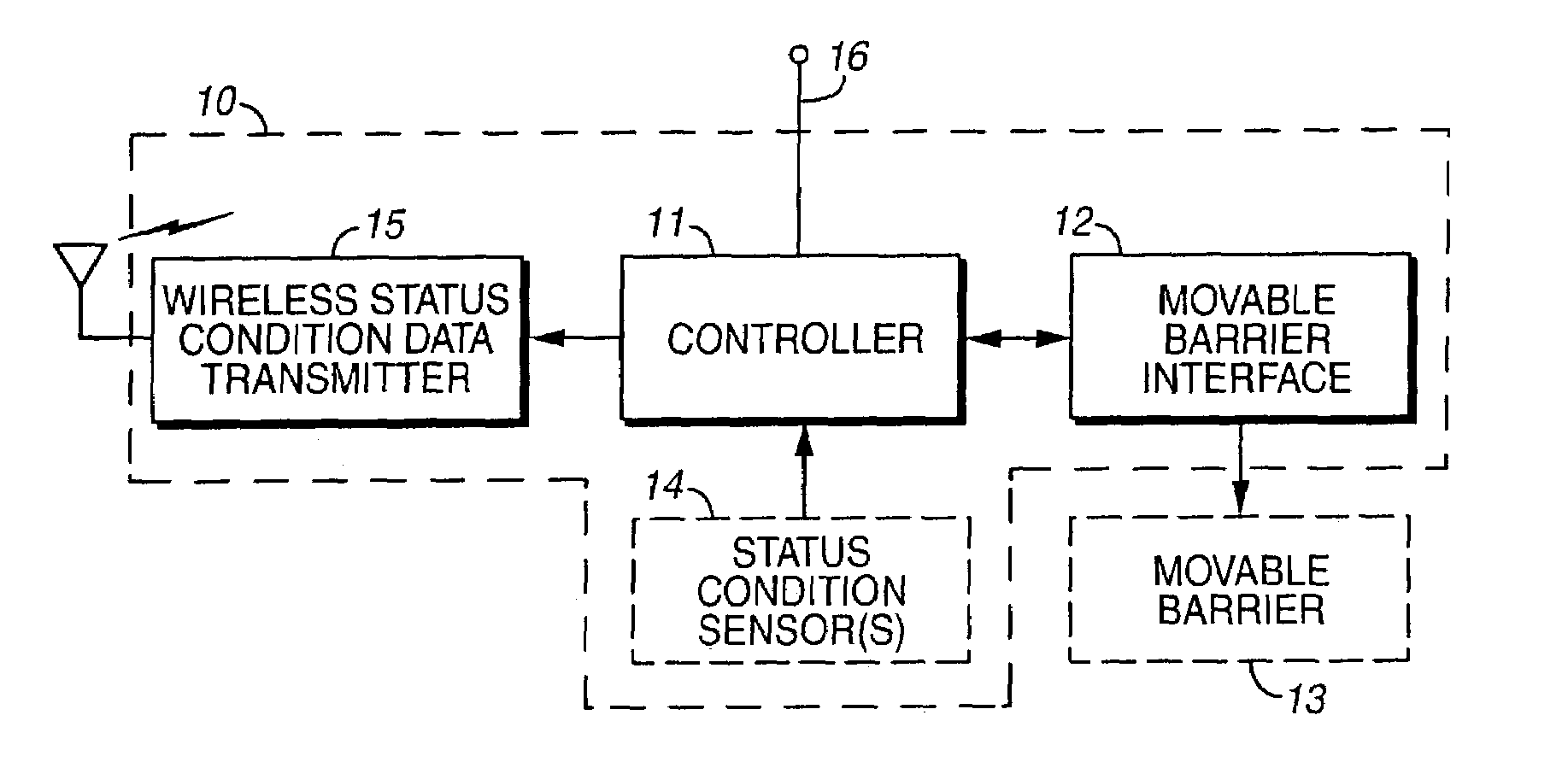On August 21, 2019, the Court of Appeals for the Federal Circuit held in The Chamberlain Group, Inc. v. Techtronic Inds. Co.,[1] that Chamberlain’s U.S. Patent No. 7,224,275 (‘275) directed to wireless communications technology for operating a movable barrier (i.e., garage door opener) was patent-ineligible subject matter under 35 U.S.C. §101.

The ‘275 patent is directed to a method and apparatus for communicating information about a movable barrier, e.g., a garage door. The patent was issued back in 2007, and has a filing date in 2003, so the garage door technology is vastly improved since the ‘275’s priority date. Nevertheless, it is still subject to the rigors of a §101 analysis. The Fed Circuit panel was comprised of Judges Lourie, O’Malley, and Chen, with Judge Chen writing for a unanimous court.
As to Step 1 of the Alice analysis, Judge Chen determined that the ‘275 patent is simply technology that communicates wireless status information about a garage door system. The panel found it merely an abstract idea, or directed to a judicial exception. He even supported this conclusion by Chamberlain’s ‘275 specification which stated that the system communicated status information in a “well-understood” manner that wireless communication systems have always performed. While Chamberlain argued that the ‘275 claims were not directed to an abstract idea because it was drawn to a novel combination of prior art movable barrier operator with a wireless transmitter. However, Judge Chen was unconvinced:
The Supreme Court and this court have repeatedly made clear that merely limiting the field of use of the abstract idea to a particular existing technological environment does not render the claims any less abstract.
And, therefore, the ‘275 claims are directed to abstract ideas, and the analysis continued to Step 2A.
In the Step 2 analysis, Judge Chen noted:
The specification describes each individual element of the asserted claims – including the controller, the interface, and the wireless data transmitter – as “well-understood in the art.” These conventional components, all recited in a generic way, are no better equipped to save the claim from abstractness that were, for example, the conventional computer used in Alice or the scanner used in Content Extraction & Transmission LLC v. Wells Fargo Bank, Nat’l Ass’n.[2]
Judge Chen reasoned that everything about the ‘275 technology – the movable barrier operator, the transmitter, and the wireless communication system – were all “well-understood, routine and conventional to a skilled artisan.” Furthermore, the ‘275 specification stated that the wireless transmitting communication was conventional at the time of the filing date. As such, Judge Chen could not find the ‘275 claims significantly more than the abstract idea itself. Therefore, the ‘275 patent failed the Alice test for patent-eligibility.
While it is true that Chamberlain contributed to the finding of patent-ineligibility through its admissions in the specification that certain elements of the ‘275 technology was conventional or well-understood, the finding of invalidity under §101 seemed unnecessary since the ‘275 patent claims could have been found invalid under an obviousness analysis under 35 U.S.C. §103. This case’s analysis was straightforward but the patent practice continues to be plagued with a lack of clarity surrounding what exactly constitutes patent-eligible subject matter that will pass the §101 muster.
[1] ___F.3d___ (Fed. Cir. 2019) (slip op.), aff’g-in-part, reversing-in-part (as to patent-eligibility), and remanding, 315 F. Supp. 3d 977 (N.D. Ill. 2018).
[2] See 776 F.3d 1343, 1347 (Fed. Cir. 2014).
